
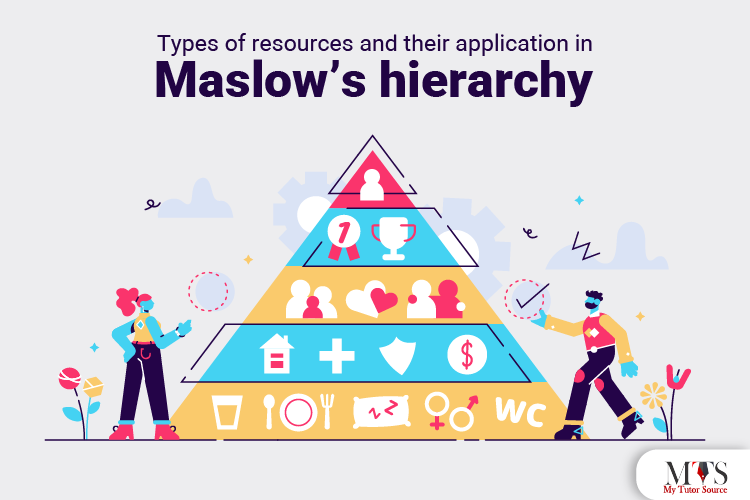
A resource is a broadly used term in our daily lives. From financial to non-financial, anything that we utilize for our benefit is known as a resource. A resource will eventually satisfy human needs one way or another, whether it has a money tag on it or not. Let’s talk about how different resources are categorized and used for different purposes.
Anything that we bring to our use, whether it has economic value or not, man-made or simply something natural, comes under the category of a resource. It’s through the resources that we satisfy our needs and wants. Basically, there is a ladder that starts from needs, that turns into wants, and goes forwards to become a luxury. We go up that staircase with the help of given resources in nature and make up other resources that are required apart from the natural resources.
All resources have some value. The usually that the resource offers determines how valuable it will be. Let’s suppose we are comparing two resources: a cycle and a car. Since a car offers us more comfort and ease in commuting from one place to another, the value of a car automatically increases in contrast to a cycle.
Anything can be turned into a resource if we start utilizing it for some purpose. Whether it’s natural or we make it by ourselves, once it starts to give us utility, we can put it under the category of resource.

Maslow’s hierarchy of needs is a depiction of how humans are usually motivated to fulfill their needs one after one. As the basic needs are fulfilled, they move forward to fulfilling the other needs in the hierarchy and move up gradually towards luxury. In order to make sure that their needs are being met, people use resources of all types. They check for the natural resources for the fulfillment of needs, and if they are not enough for the fulfillment, they move forward to producing new resources from those that are available. The motivation of moving up the hierarchy of needs keeps them going and wanting to do better with the resources they have or need to make.
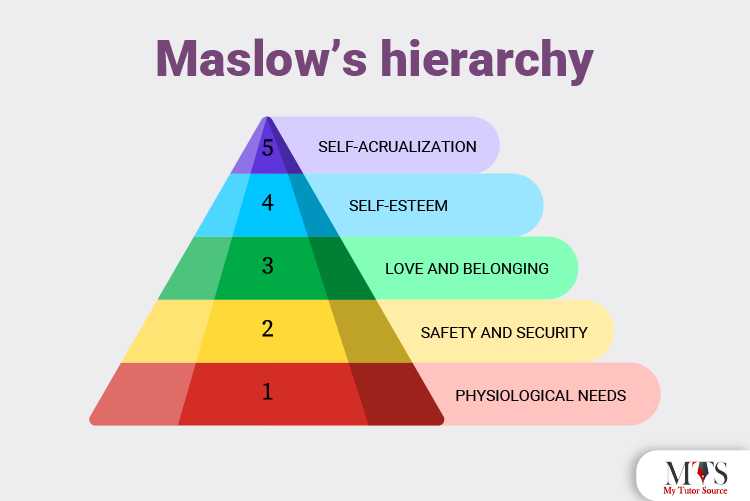
The pyramid of needs works in alignment with the resources and their management. Here are some ways that resources fulfill the different types of needs as mentioned in Maslow’s hierarchy of needs
The psychological needs are the ones that are required for the survival of a human being. The first and foremost need for anyone is survival, and people use different resources to make sure that they have enough resources required to ensure survival. Food, water, and air are the main resources that are necessary for the survival of human beings and the fulfillment of psychological needs.
After the survival needs are fulfilled, the humans move forward to fulfill their next level of needs which is related to security and safety. At this point, the humans have ensured their survival needs. Now they need to make sure that they have a sense of security. This brings in the need for some financial resources. They would use resources to improve the way they currently live. They have food to eat and water to drink; now, they want a roof over their head. This is not for survival but to make sure that they are secure in their own space. They look for sources to make money. They utilize this money as a resource to fulfill their need for safety and security.
Once people have ensured that their security needs are fulfilled, they move forward towards fulfilling their social needs. They look for resources that are fulfilling their social needs. It could be related to human resources. Human interaction is also considered a resource to fulfill their social needs. At this point, humans are looking for friendships, bondings, and connections. In order to fulfill this, they use a mobile phone to connect with others. This is an example of a man-made resource people use to fulfill their social needs. These resources are not really considered as part of needs but wants.
At this level, humans have achieved the based levels of needs they require for their survival, and now they want to ensure that they are recognized, and their accomplishments are being noted well by those around them. This gives them a feeling of self-esteem and acceptance. In order to achieve this need, they go for luxury resources. A fancy car, a big house, economic resources so that they can achieve many things that can boost up their self-esteem.
This is the final stage of Maslow’s hierarchy. At this point, people have used maximum resources to fulfill their desires and needs. They no longer require resources for recognition but to be content within themselves. They buy things, do certain activities that would simply make them happy instead of the purpose of gain acceptance from other individuals.
Based on their origin and the way they are being utilized, there are different categories in which the resources have been placed. Here are some of the types of resources that we use in order to satisfy different needs and wants.
The resources that are already present in nature and do not require man-made factors on it and offer utility to satisfy the needs and wants of human beings are known as natural resources. These resources are not produced by man. They come as it is in the environment from nature. These natural resources either offer their utility in the form they are present, or we can modify them in some way to ensure maximum utility.
Let’s talk about some examples of natural resources.
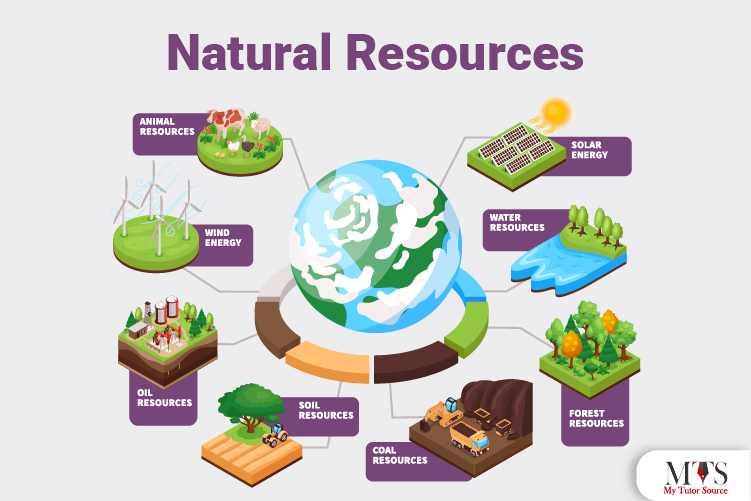
One of the most important and notable natural resources is the soil. We find it naturally present on the land. It serves many purposes, like being a part of construction material. We can grow food with it, make utensils with and so on. Giving us several utilities, the soil becomes a notable natural resource.
Water is one of the main components of the earth’s surface. More than 95% of the earth’s surface is water, and more than half of our bodies are composed of water. This makes it visible that in order to survive, we need water in one form or the other. This makes water an important natural resource.
Trees and grass are essential natural resources. It serves the purpose of food, home for different organisms, and source for the production of many other resources. We prepare most of our food through trees. The wood part of trees is also a very important natural resource as it helps in the production of many resources.
Coal is quite a cheap source of producing heat and electricity by using it as a fuel. In this way, coal is an important natural resource. This is one of the natural resources that is used to make other man-made resources like electricity.
Oil is a naturally occurring chemical compound that is further refined to turn it into several forms that serve many purposes. One of the most important purposes of oil is to offer fuel services that we use in different types of machinery that help us to conduct our daily work.
The naturally occurring resources are further divided into two categories. They decide the utility of a resource and how well it should be managed. Here are the two categories into which natural resources are divided.
These are the types of natural resources that are present in abundant amounts. As these resources are present in infinite quantities, we don’t have to worry about their availability or their scarcity. Here are the examples of naturally occurring renewable resources:
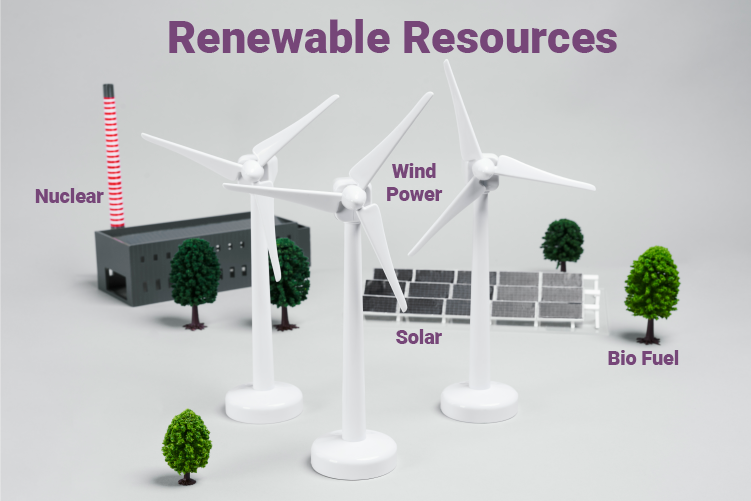
These are the types of natural resources that are limited in their supply. They are not available in an unlimited amount. While they might take many users to form up, they might end up in our lifetime. So we have to manage these resources wisely. Here are some examples of non-renewable resources:
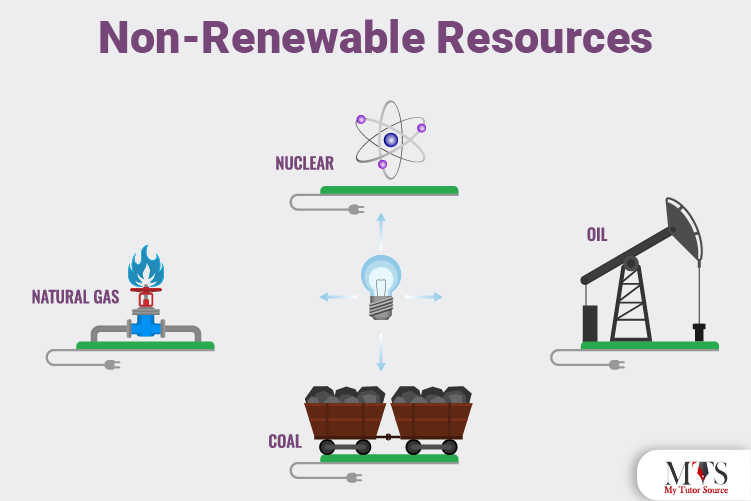
These are the type of resources present in nature in a living form. The resources that are alive are included in this category, like humans, animals, plants, etc.
These are the resources that are present in nature and do not have life in them are known as abiotic resources.
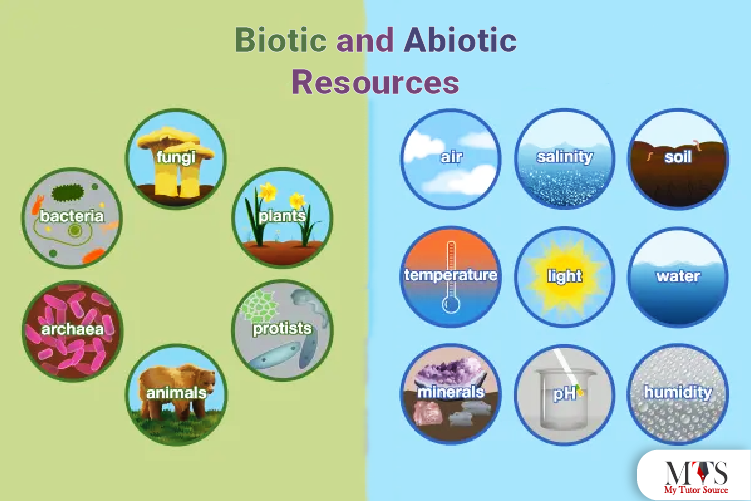
These are the types of resources that are created by human beings in order to satisfy their needs and wants. Basically, when we bring the natural resources to use in order to create some other resources that are helpful for us are named man-made resources. For instance, when we use coal, cement, solar energy, or other natural resources together or as individuals, we make up other resources for our use.
The machines we make to help us in our work, the roads we make to help us commute from one place to another are a few of many examples of man-made resources. Some might turn out to have great economic value while some might have less; all of these are called human-made resources.
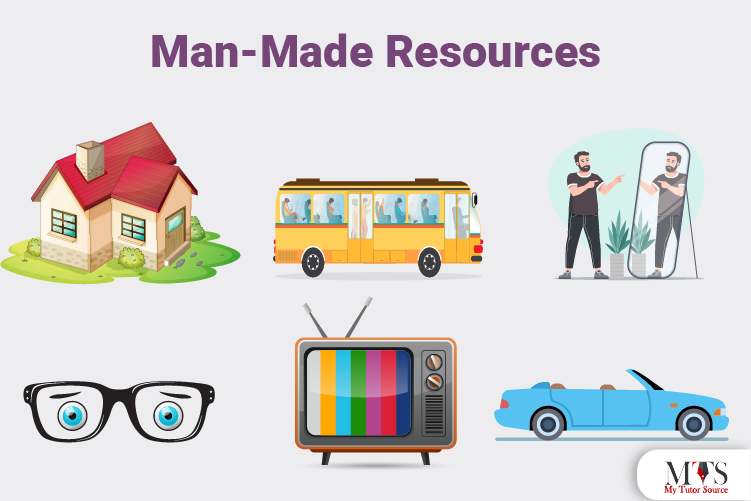
Actual resources are the ones that are currently in use for a certain utility. On the other hand, the potential resources are the ones that are not currently in use, but later they prove to offer some kind of utility. In another sense, they have the potential to provide usage to humanity. Another main thing about the actual and potential resources is that the quantity of an actual resource is usually known, and we manage it accordingly, but the quantity of potential is unknown.
For example, trees or coal deposits can be termed as examples for actual resources, and uranium found somewhere can be termed as an example for actual resources.
We are surrounded by many resources that help us perform different tasks in order to fulfill our needs, wants, and luxuries. There are different types of resources, but mainly there are two types of resources that are natural and man-made. Natural resources are found in nature, and we use these resources together or separately to make up other resources called man-made resources.
You can learn more about how the resources are utilized for different purposes from our private economics tutors.